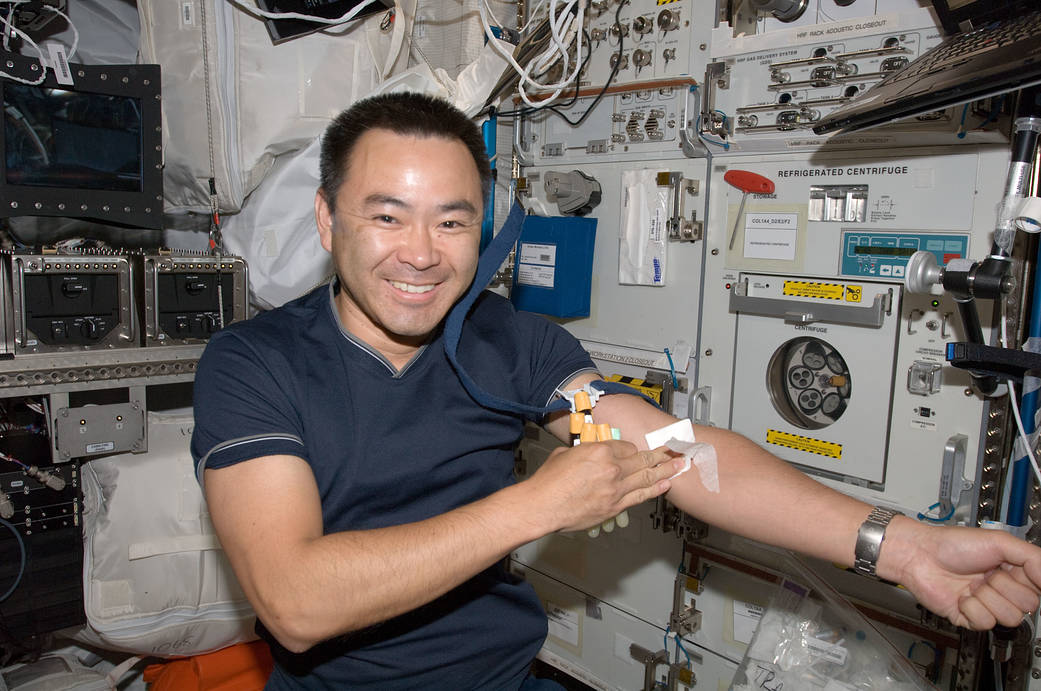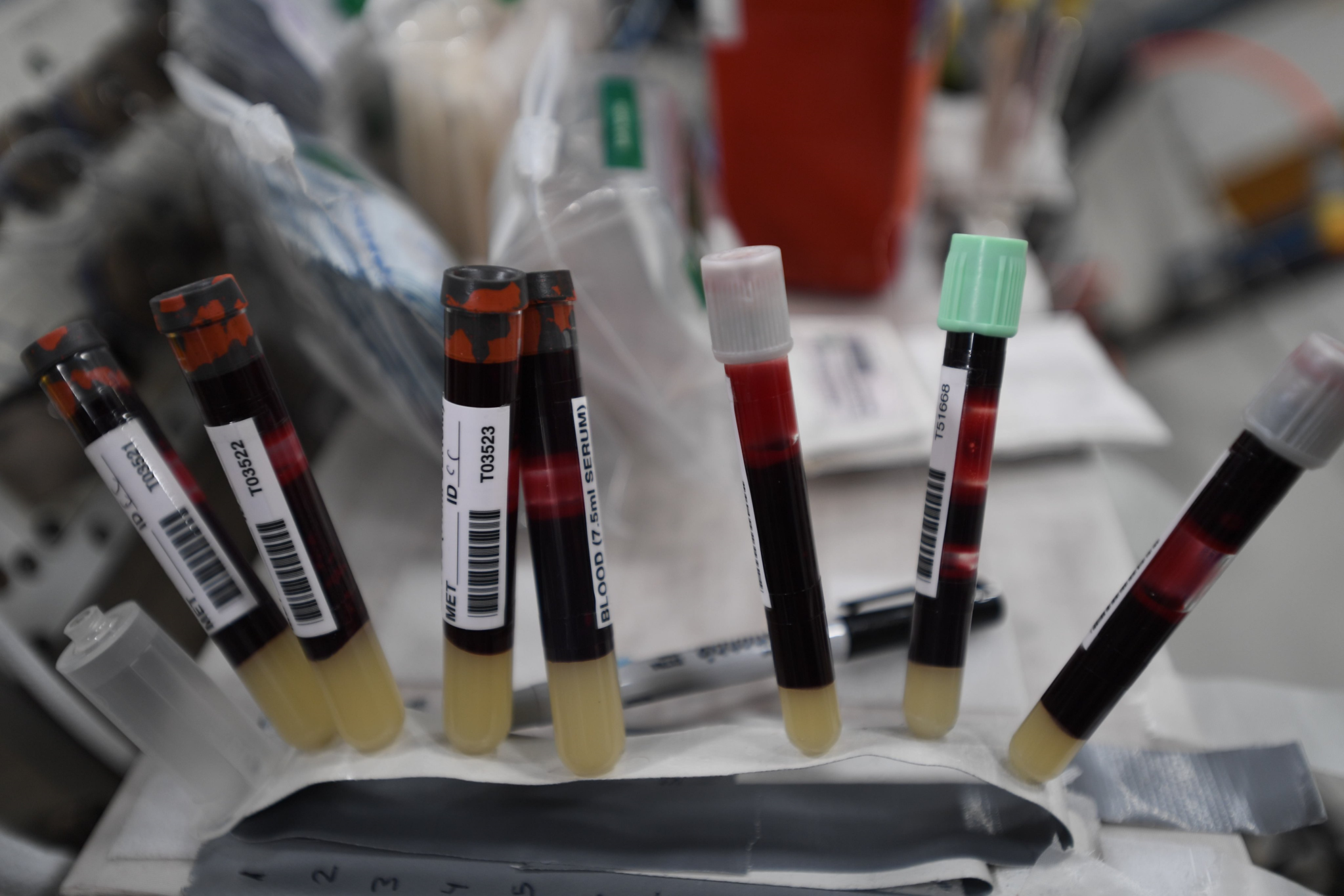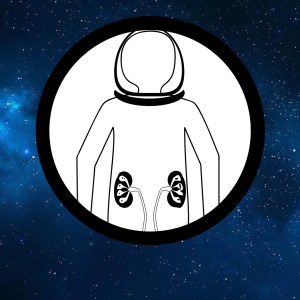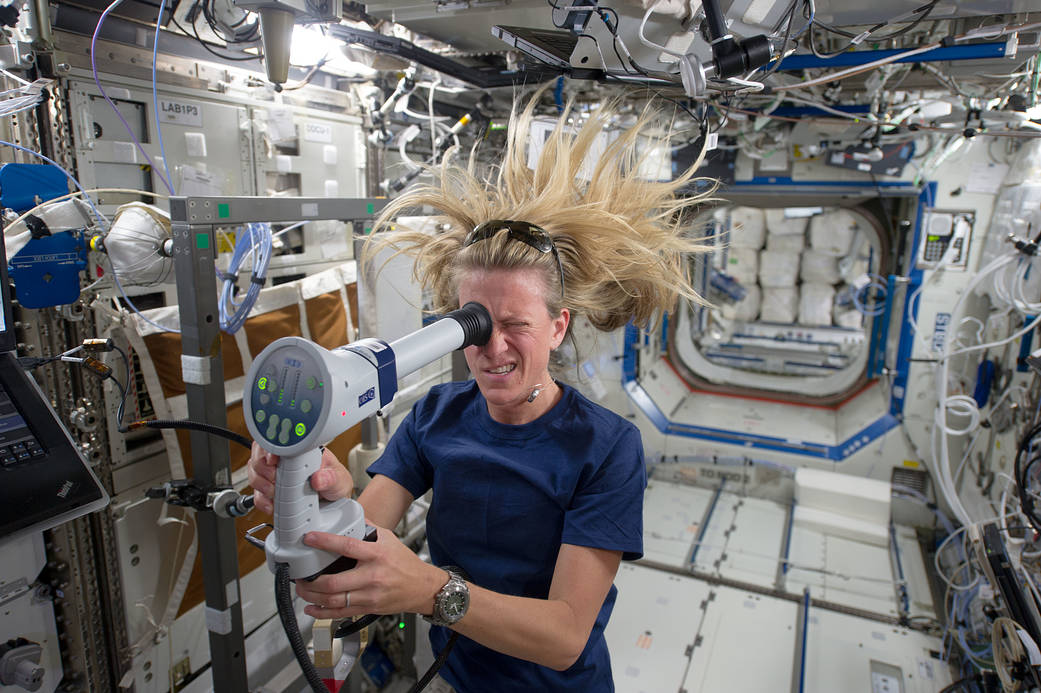Increased radiation exposure in the spaceflight environment outside of low-Earth orbit may contribute to an increased risk of developing cancer later in an astronaut’s life. Shielding is effective against some radiation exposure, such as solar particle events (SPE) but does not mitigate Galactic Cosmic Radiation (GCR) exposure. Primary contributors to development of cancer later in life are dependent on mission parameters and duration, solar conditions, body structures present, individual radiosensitivity, and age at exposure. The effects of other sources of uncertainty that may modify radiation risk (e.g., secondary spaceflight hazards) are being characterized but cannot be estimated or integrated currently. Terrestrial cancer therapies continue to progress and may be able to mitigate cancer outcomes. There is not currently thought to be a notable risk of a crewmember developing clinically detectable cancer during a mission due to spaceflight exposure.
Directed Acyclic Graph Files
+ DAG File Information (HSRB Home Page)
+ Radiation Carcinogenesis DAG and Narrative (PDF)
+ Radiation Carcinogenesis Risk DAG Code (TXT)


































